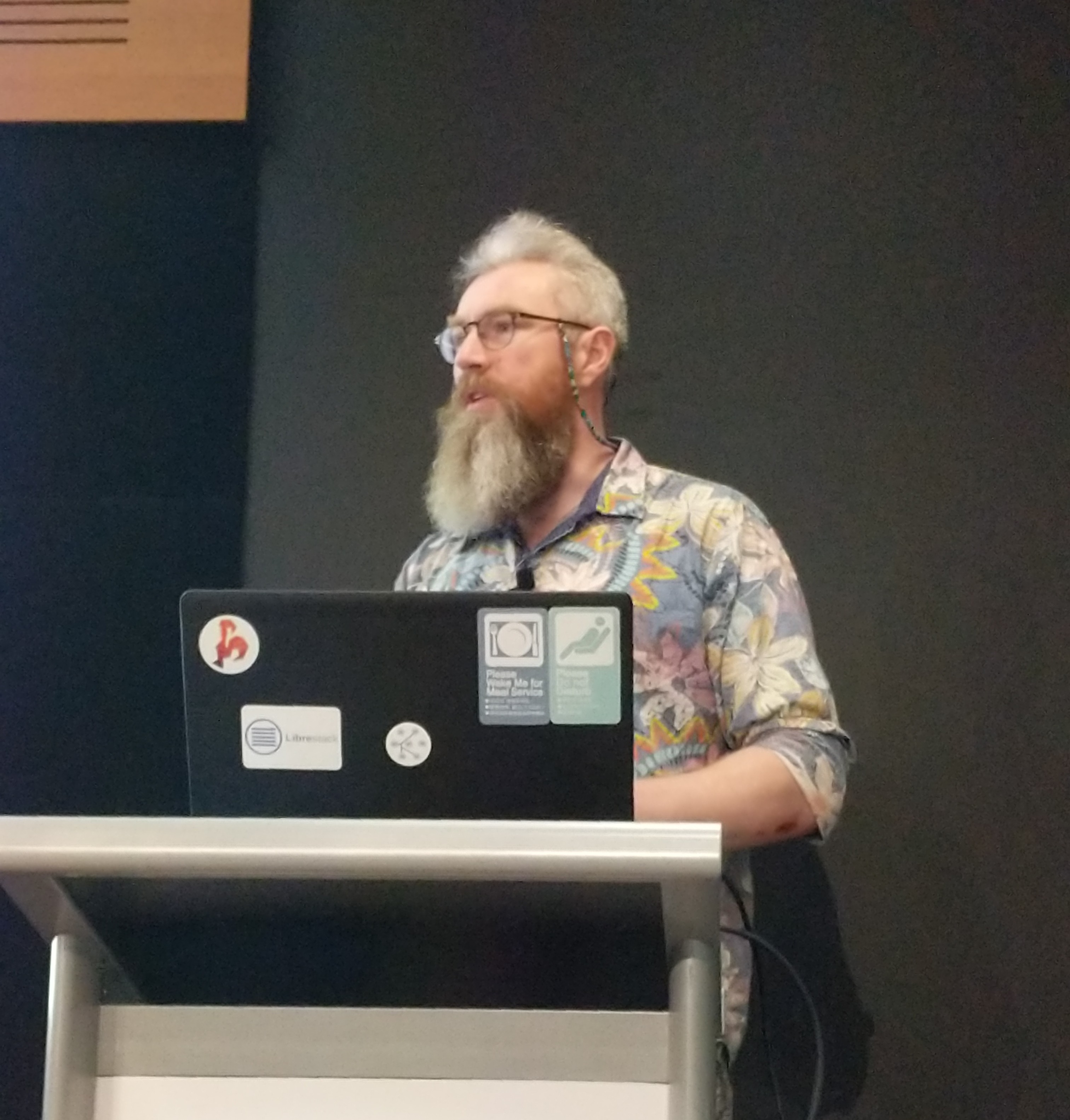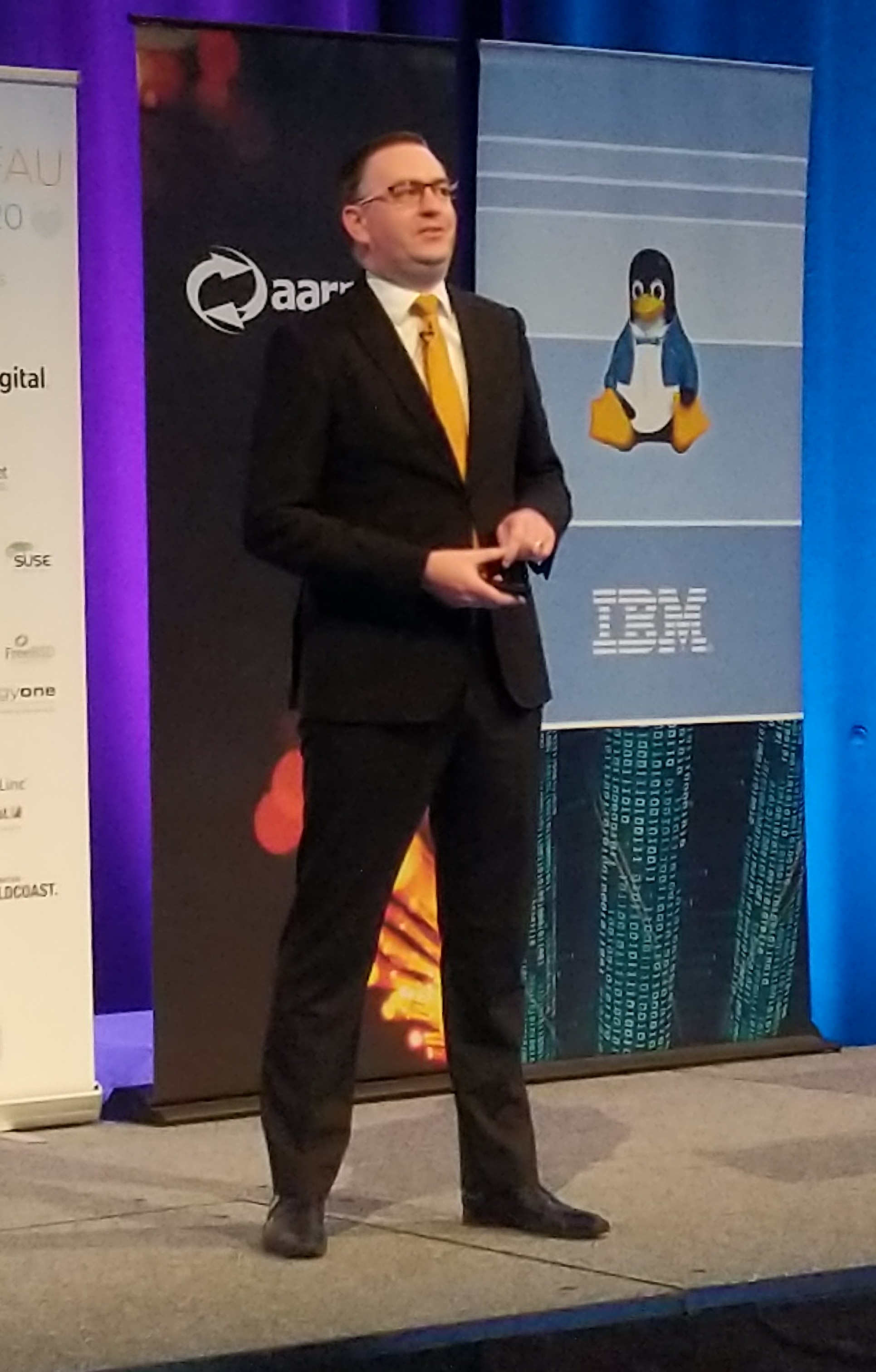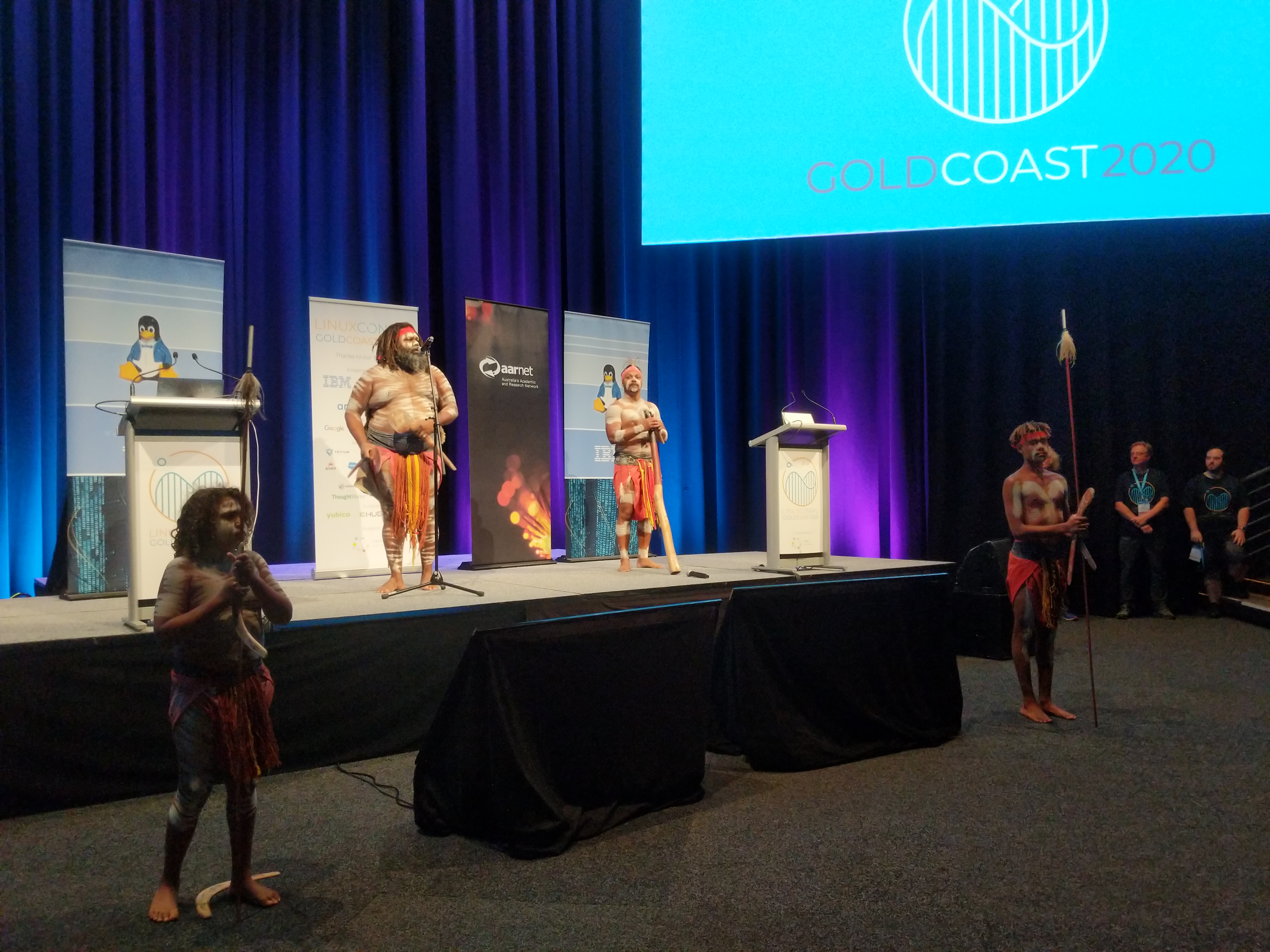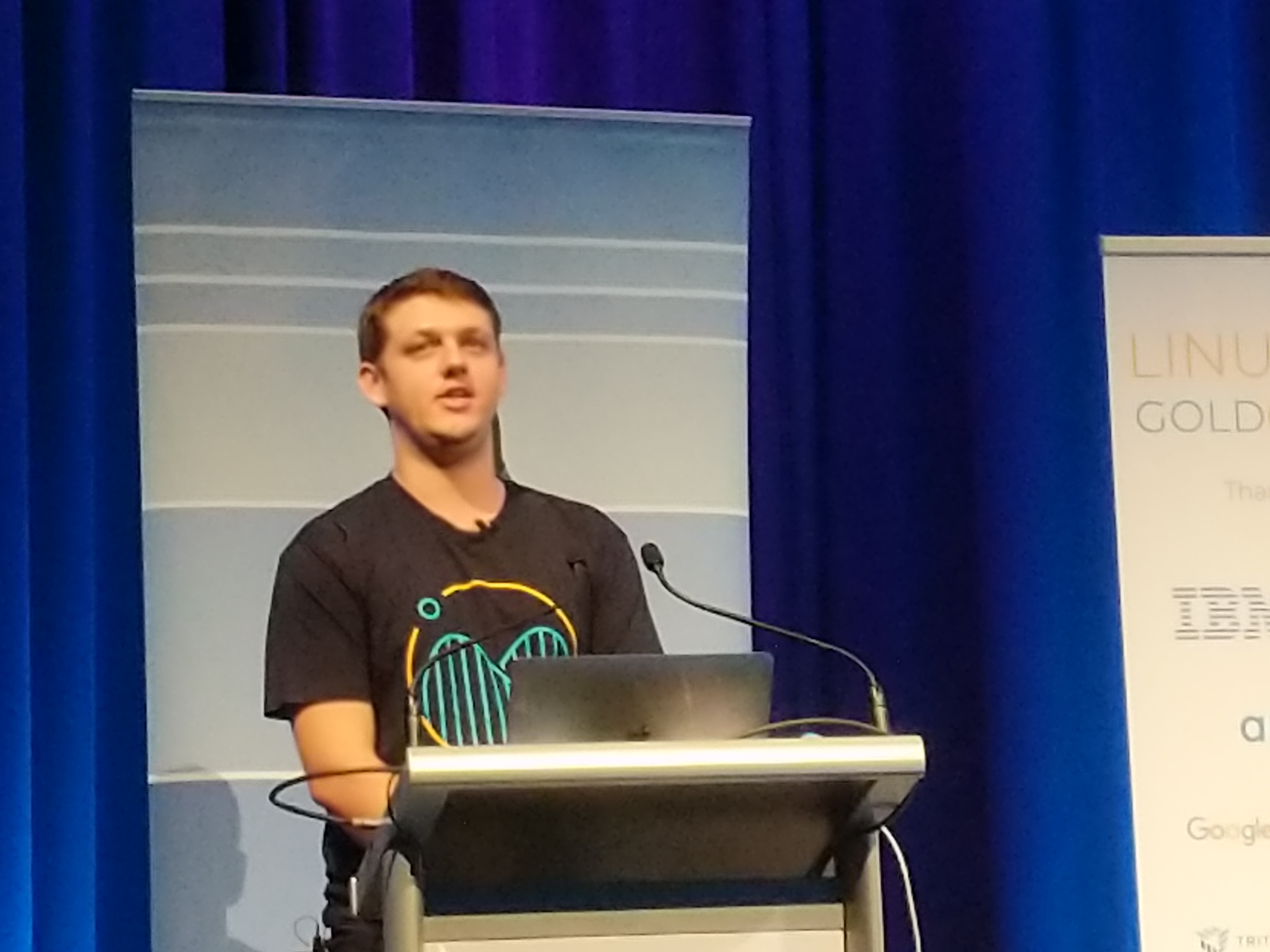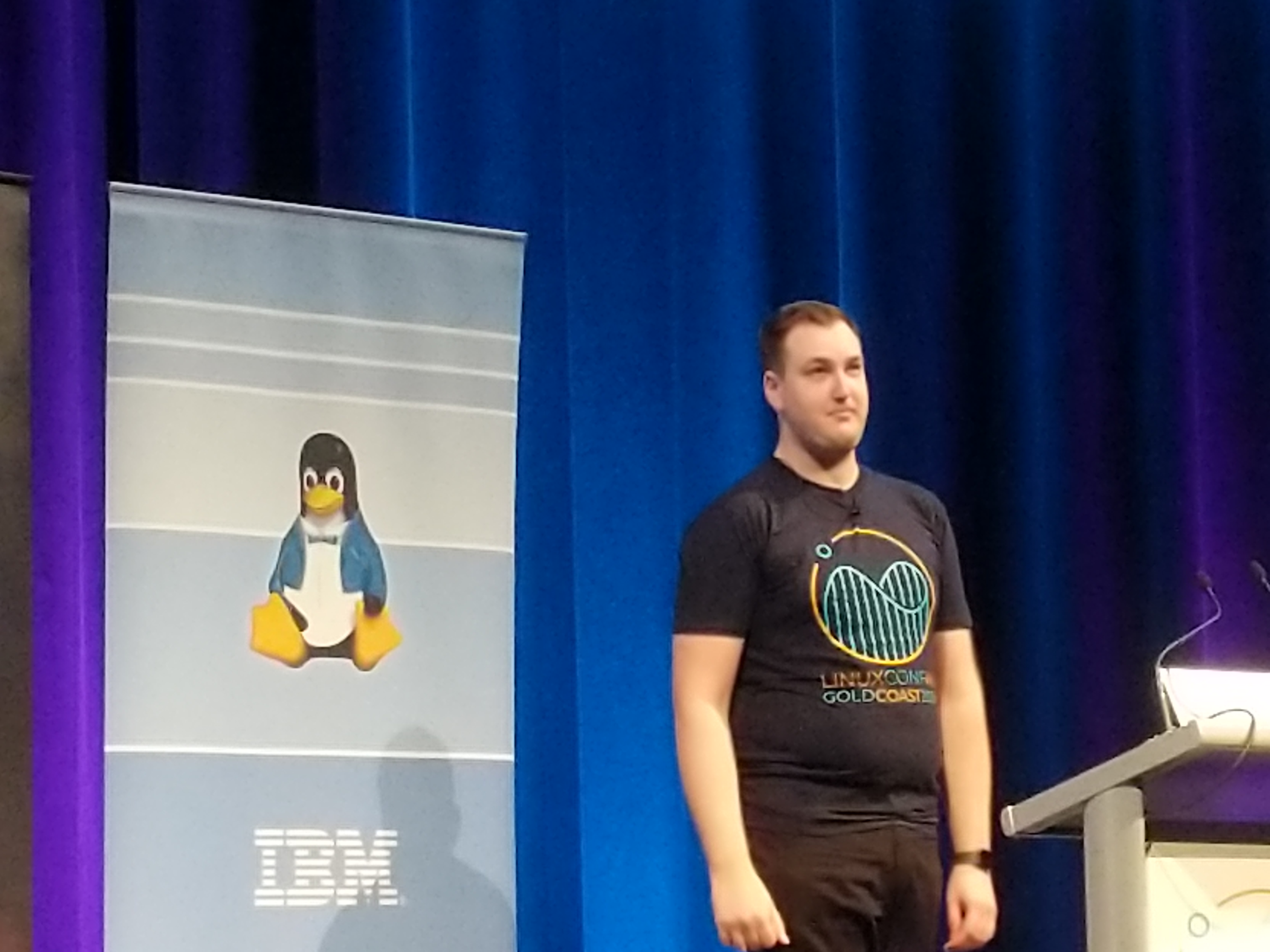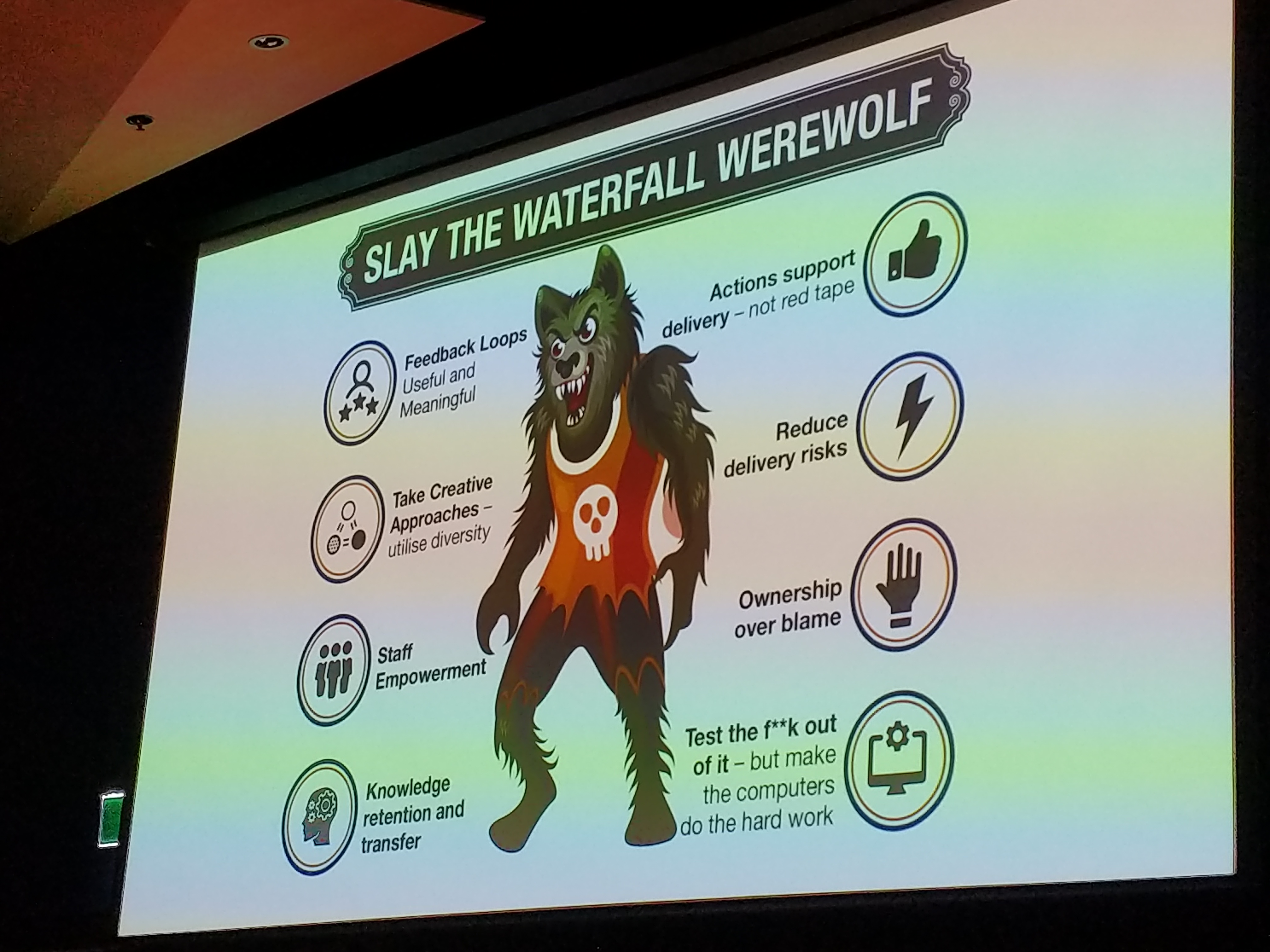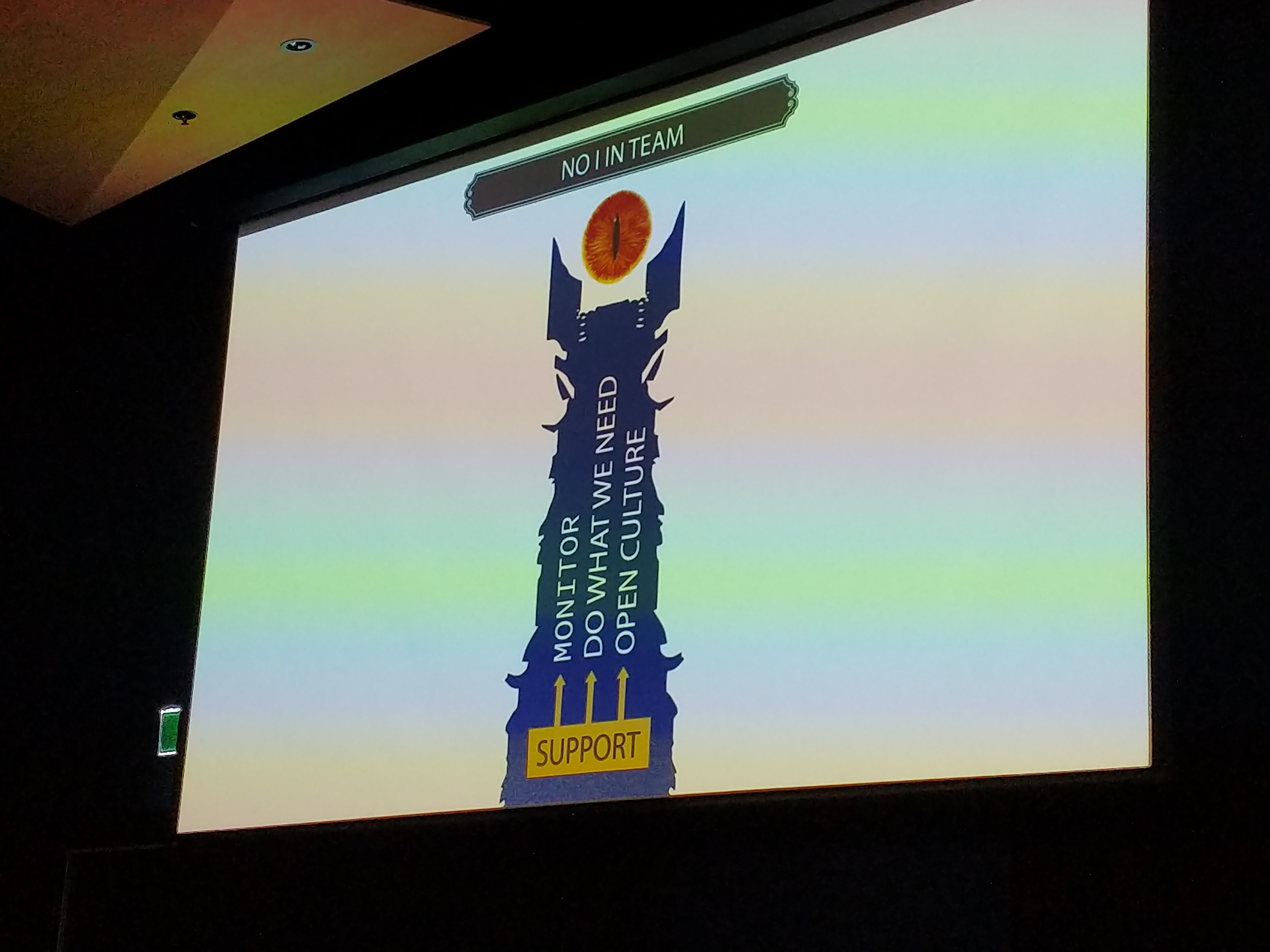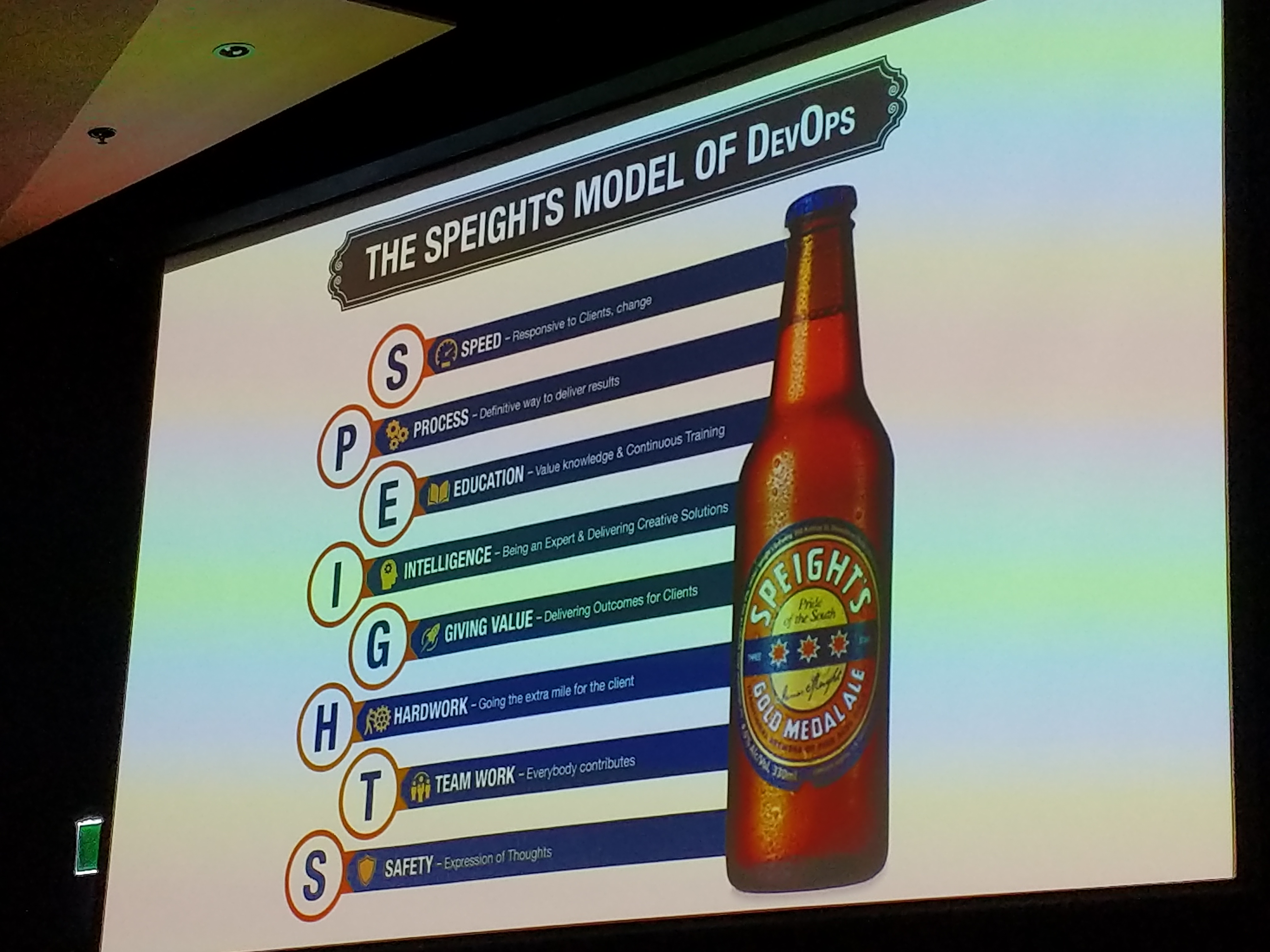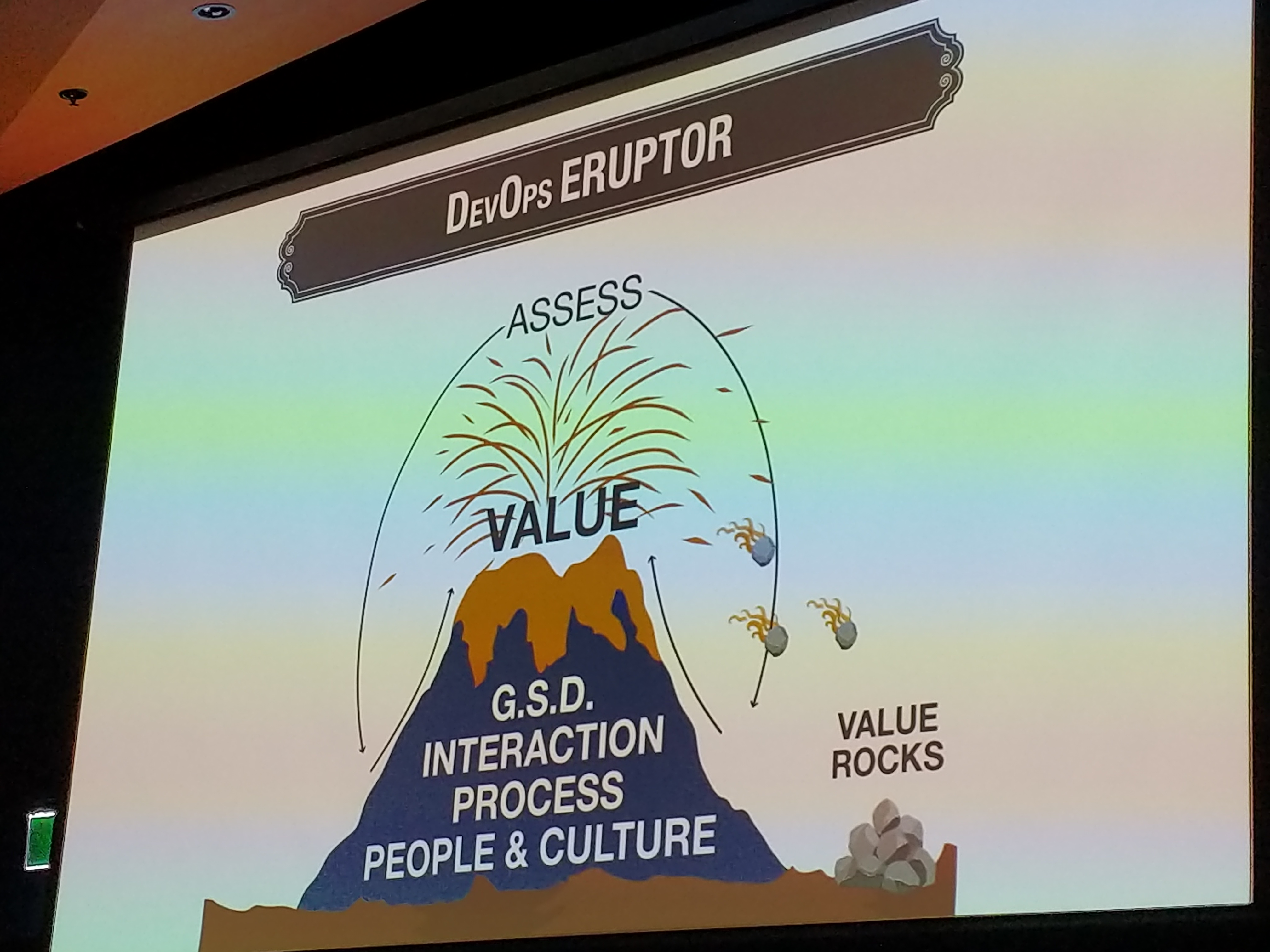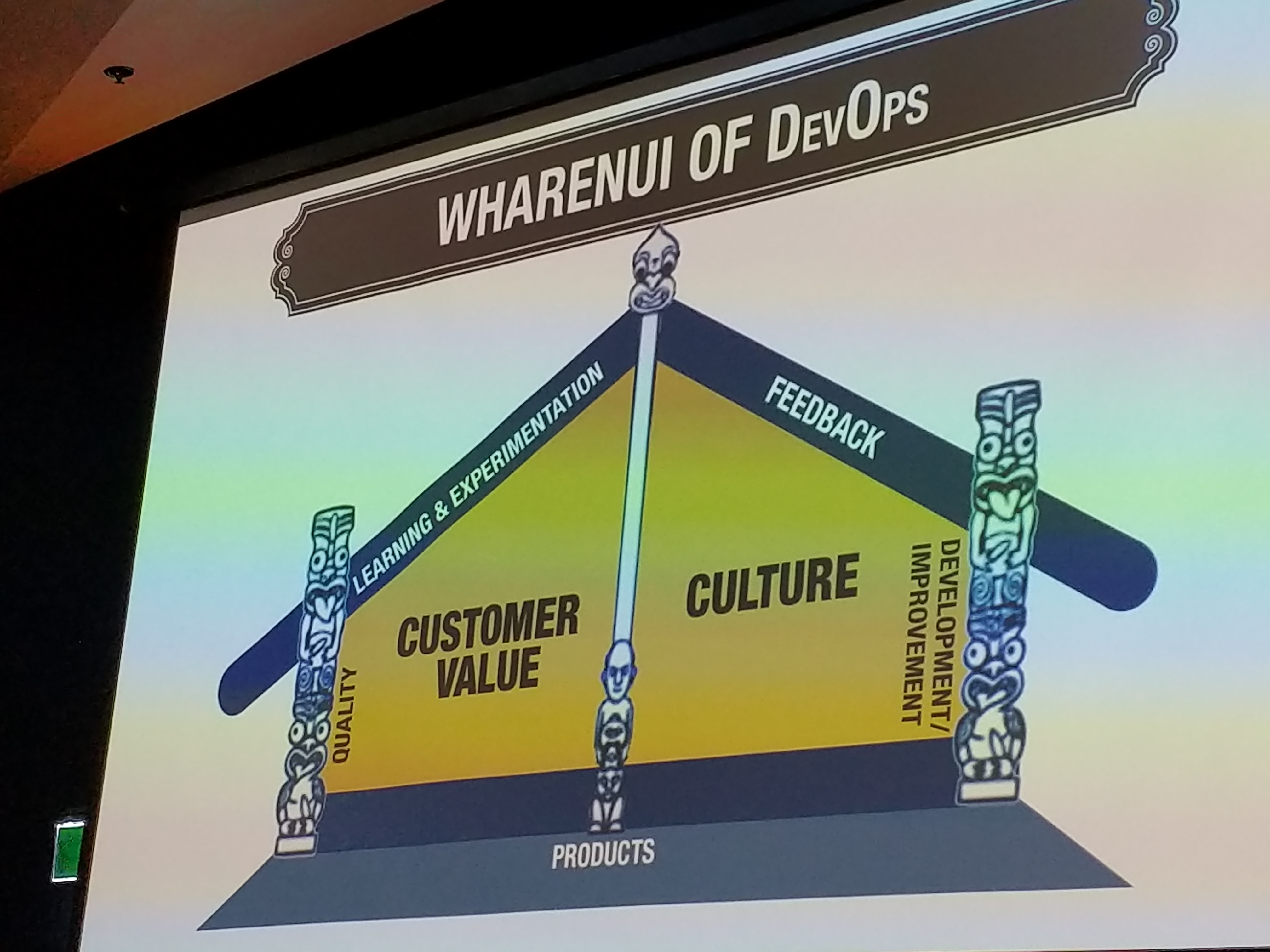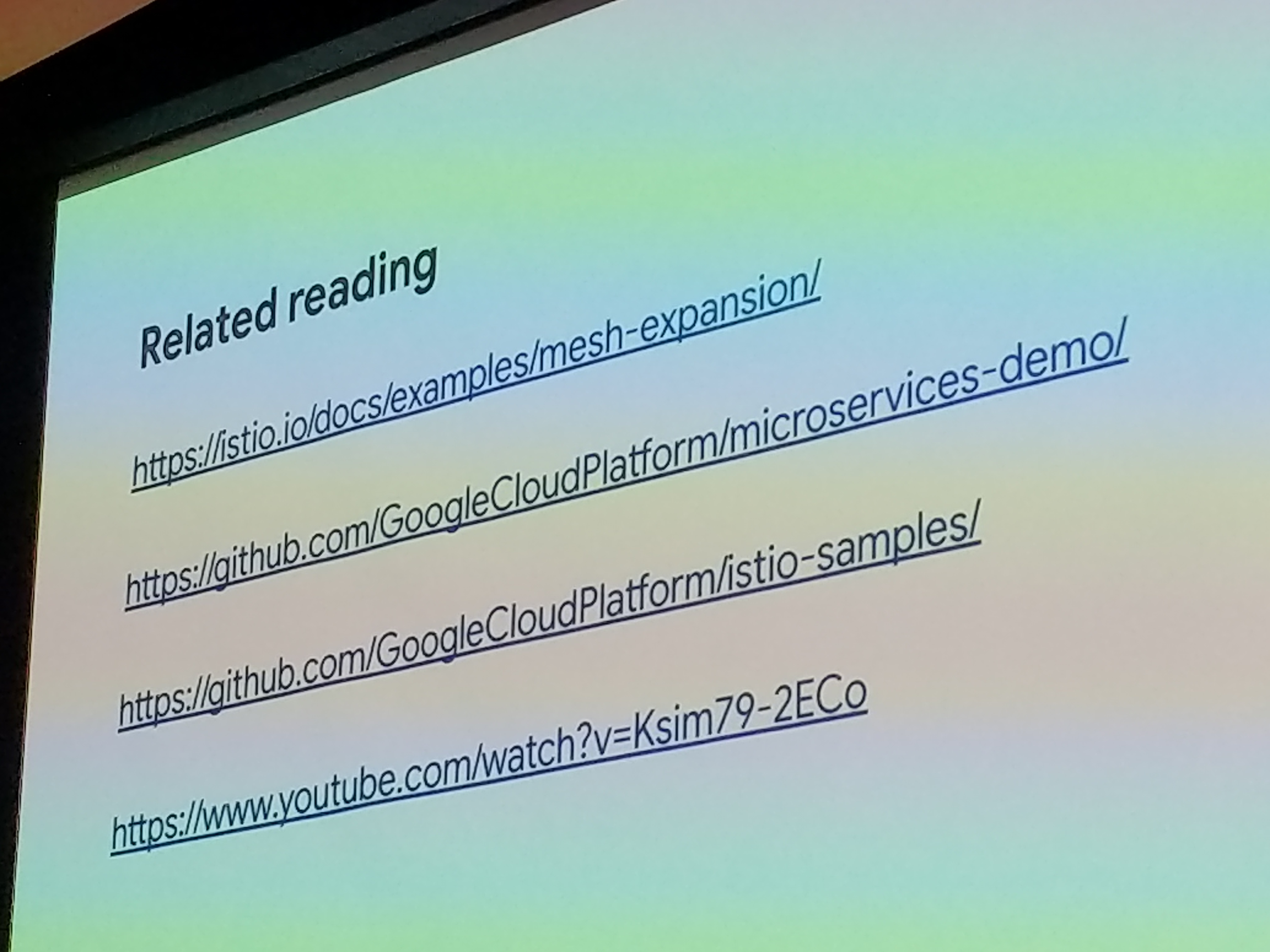Facebook, Dynamite, Uber, Bombs, and You – Lana Brindley
- Herman Hollerith
- Created the punch card, introduced for the 1890 US Census
- Hollerith leased companies to other people
- Hollerith machines and infrastructure used by many Census in Europe.
- Countries with better census infrastructure using Hollerith machines tended to use have higher deather rate in The Holocaust
- Alfred Nobel
- Invented Dynamite and ran weapons company
- Otto Hahn
- Invented Nuclear Fission
- Eugenics
- 33 US states have sterilization programmes in place
- 65,000 Americans sterilized as part of programmes
- WHO was created as a result.
- Thalidomide
- Over-the-counter morning sickness treatment
- Caused birth defeats
- FDA strengthened
Unintended consequences of technology, result was stronger regulation
Volkswagen emission and Uber created Greyball
– Volkswagen engineers went to jail, Uber engineers didn’t
Here are some IT innovations that didn’t lead to real change
- Medical Devices
- Therac-25 was a 1980s machine used for treating cancer with radiation
- Control software had race condition that gave people huge radiation overloads
- Drive by Wire for Cars
- Luxus ES350 sudden acceleration
- Toyota replaced floor mats, not software
- Car accelerator stuck at full speed and brakes not working
- No single cause ever identified
- Deep Fake Videos
- Killer Robots
- South Korean Universities came under pressure to stop research, said they had stopped but not confirmed.
- Chinese Surveillance
- Checkpoints all though the city, average citizen goes though them many times per day and have phoned scanned, other checks.
- Cameras with facial recognition everywhere
- Western Surveillance – Palantir and other companies installing elsewhere
- Boeing Software – 373 Max
Bad technology should have consequences and until it does people have to avoid things themselves as much as possible and put pressure on governments and companies
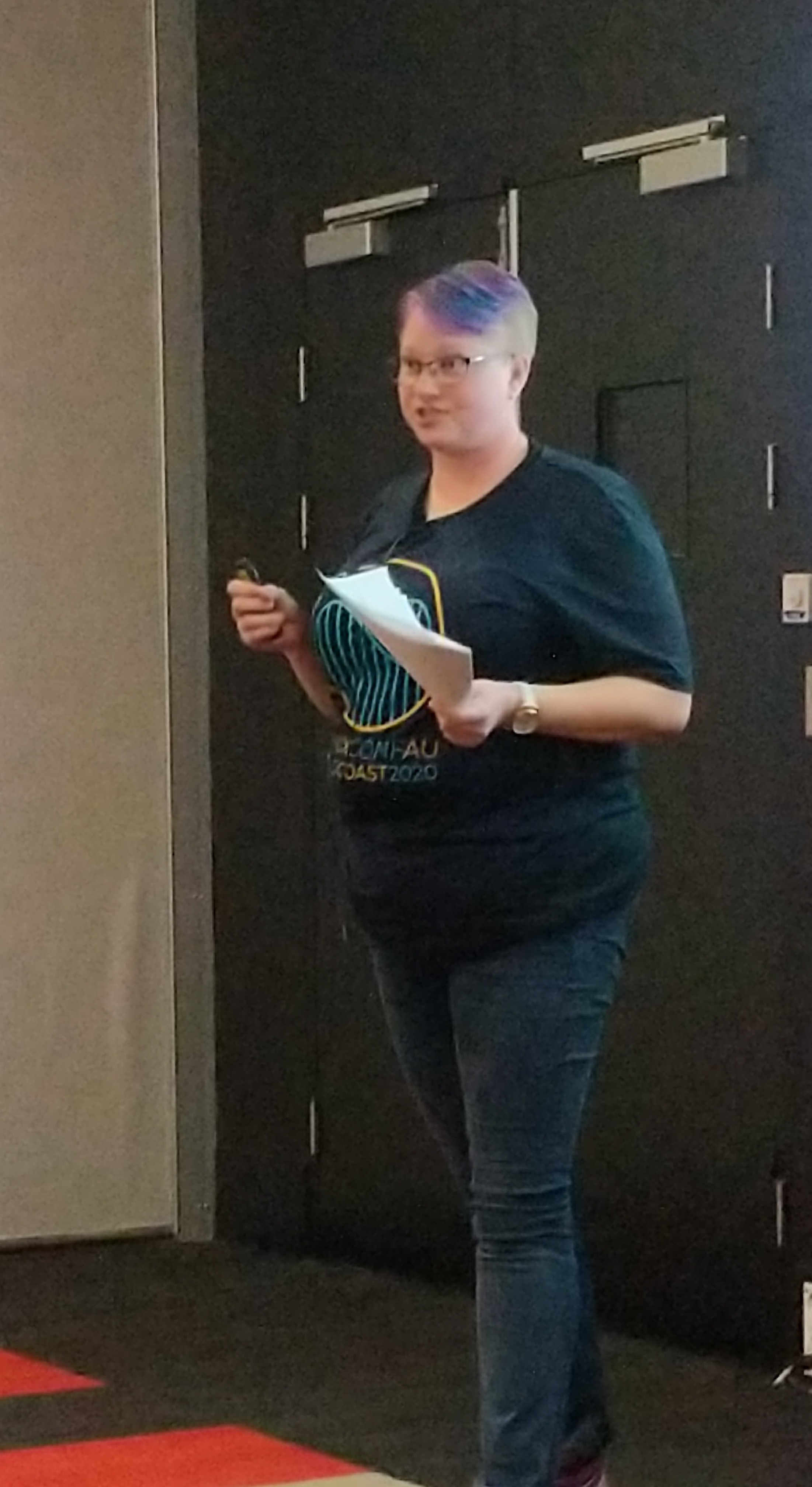
The Internet: Protecting Our Democratic Lifeline by Brett Sheffield
Lost of ways technology can protect us (Tor etc) and at the same time plenty of ways technology works against our prevacy.
The UN Declaration of Human Rights
Australia is the only major country without a bill of rights.
Ways to contribute
– They Work for you type websites
– Protesting
– Whistleblowers
Democracy Under Threat
– Governments blocking the Internet
– Netblocks.org
– Police harrass journalists (AFC raids ABC in Aus)
– Censorship
Large Companies
– Gather huge amounts of information
– Aim for personalisation and monotisation
– Leads to centralisation
Rebuilding the Internet with Multicast
– Scalable
– Happens at the network layer
– Needs to be enabled on all routers in each hop
– Currently off by default
Libracast
– Aims to get multicast in the hands of developers
– Tunnels though non-multicast enabled devices
– Messaging Library
– Transitional tunneling
– Improved routing protocol
– Try to enable in other FOSS projects
– Ensure new standards ( WebRTC, QUIC) support multicast
